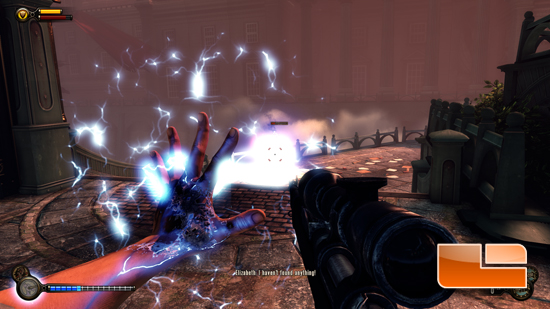ASUS Xonar DGX and Xonar DSX Audio Cards Reviews
Listening Test: 3D Audio, Games, and Movies
Were not only interested in the sound quality, but also the surround features of both Xonar sound cards we have on hand. All of the gaming was done by me, but Ive done as much as I can to remain honest and fair.
The Xonar DGXs Dolby Headphone
A feature not found on the DSX, but on the DGX is Dolby Headphone, software-driven virtually simulated home theater. Audio is modified to sound farther away at distances that can be set in the control panel software. Some of the testers liked the virtual distance Dolby Headphone gave to music and movies. It was described by them as sitting in front of a real home theater. Others including myself didnt warm up as well to Dolby Headphone and the virtual surround environment sounded hollow and artificial. At least for me, audio quality also sounded worse for everything though I still found it fun to use for some movies because of the simulated audio distance Dolby Headphone gave.
Gaming
Both sound cards feature ASUSs EAX compatible virtual surround sound feature called the GX2.5 gaming audio engine. This can be toggled on and off in the Control Panel Software by pressing the GX button. However, almost all new games run their own software processed audio, which undercuts the necessity for hardware processed audio.

Battlefield 3s audio isnt noticeably different across the sound cards on hand, though explosions and gunshots were more forceful and punchy on the DSX. Activating and deactivating the driver controlled hardware 3D audio processing did nothing to change the experience. Furthermore, Battlefield 3s software processed positional audio is terrible. DICE and EA have talked about the games spectacular graphics and immersive audio, but for those of you who never experienced or havent really noticed, Battlefield 3 audio is a mess. When you are receiving fire and taking damage, you hear yourself being hit with bullets, but you cant hear from where you are being attacked. Another shooter, Counter-Strike: Global Offensive has audible footsteps and is a strategic consideration when playing.

The game audio that really did for me while testing the Xonar cards was BioShock Infinite; theres much to hear and its been implemented effectively. Results were great while we used either of the two Xonar cards we have, but its the DSX, with its wider soundstage, that does it better. Stinger tracks add to the action, weapons and abilities have distinct sounds, and the voice acting is terrific. BioShock Infinite depends on software processed audio thus rendering hardware processed surround sound unnecessary. Despite this, the games positional audio is incredible even on 2-channel virtual surround. Game enemies make their own combat cries making it easy to pin-point their locations and ambush them around obstacles and corners. Lately, Ive been mostly playing real-time strategy games which bank more on stereo audio and given Battlefield 3s poor implementation of surround audio, I wasnt used to hearing such clean positional audio. I took special notice of BioShock Infinites well-designed virtual surround sound environments; dialogue, combat noise, and ambient sounds could not only be distinguished from left and right, but also in-front or behind. Despite the Xonar cards playing no role in Bioshock Infinites audio processing, the Xonar cards audio fidelity lended themselves to crisper sounds and adds wholly to the immersion.
Movies and TV shows
This is where I talk about home theaters and if a sound card should matter to you. If youre running a digital output to your home receiver, whether that is optical or S/PDIF, then a dedicated sound card may not be of benefit to you. Passing a digital signal through a sound card bypasses any analogue processing and it is the receiver that receives the binary data for processing. If all you wanted to know how the Xonars digital outputs sounded, Ill tell you that motherboard audio solutions with digital outputs sound just as good. The most compelling reason I feel to buy the Xonar DSX for a home theater would be to use DTS Connect for a compatible receiver or DAC.
Users sticking to headphones and PC speakers should read on since the Xonar cards analogue processing returns to importance. Both cards sound good, though like our findings with music, listeners wanting a bit more bass kick should opt for the DSX. Otherwise, the DGX and its Dolby Headphone home theater simulation should lend quite the experience.

Comments are closed.